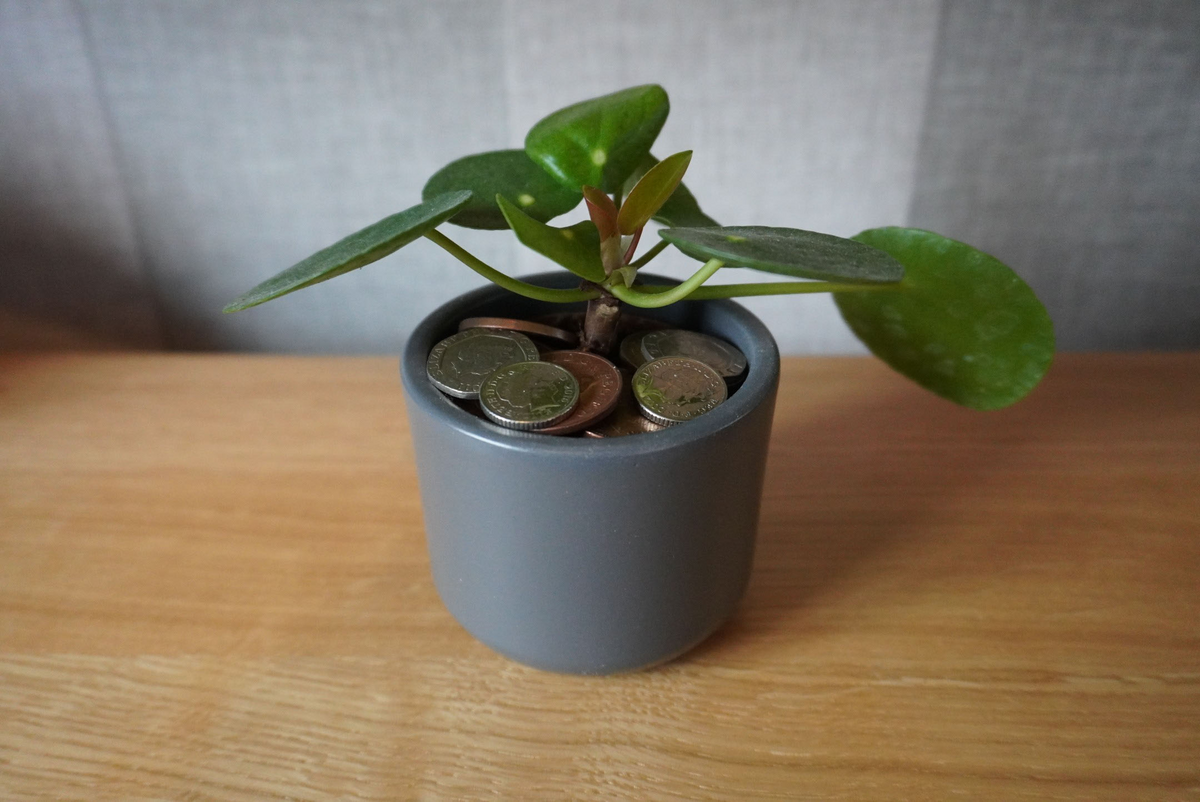Growing my savings: Stocks & Shares ISA.
Savings rates here in the UK are generally low and with the recent rise in inflation a standard ISA or savings account giving you 1% a year just doesn't cut it.

Savings rates here in the UK are generally low and with the recent rise in inflation, a standard ISA or savings account giving you 1% a year just doesn't cut it. We can put £20,000 a year into an ISA and do not need to pay tax on interest, income or capital gains. There are four types of ISA available including stocks & shares ISAs. Money can be put into one of each type ISA in a tax year (April 6th to April 5th) so you can split the money between ISAs although Lifetime ISAs can only have a maximum of £4,000 paid into it in a year. So you could pay £4,000 into a LISA, £2,000 into a cash ISA, £6,000 into an innovative finance ISA and £8,000 into a stocks & shares ISA. If you have little ones you want to save for you can also save up to £9,000 a year for them in a Junior ISA. A stocks & shares ISA can provide income that exceeds the % savings rate for a standard cash ISA so I knew this would be the route I would take.
DIY vs Robo.

Stocks and shares ISAs generally fall into two different categories; DIY or Robo adviser. Robo advisers such as Evestor or Nutmeg provide ready-made portfolios based on low, medium and high risk. It means that an investor doesn't need to worry about choosing their own investments although the fees won't be the cheapest as they must be actively managed. DIY platforms allow you to choose your own investments but you must take all charges into account including fund charges, trading charges and exit fees. For example, Hargreaves Lansdown charges 0.45% capped at £45 a year for shares and from 0.45% to free depending on the investment value of funds. They also charge trading fees for share dealing including ETFs but not for index funds though more on that later. *Note as of March 2023 Hargreaves Lansdown has removed the fees on their Junior ISA.
Which ISA is best?
This is down to the individual; remember I am not a financial advisor and therefore what is suitable for me may not suit you so do your research! I looked at different accounts and decided that for me a DIY stocks & shares (S&S) ISA with Hargreaves Lansdown would be the best as I wanted to use a traditional UK-based platform that I could manage. As mentioned previously my emergency fund account and SIPP are also with them. They may not be the cheapest option but the customer service transferring a pension has been great and I find the platform easy to use. Other platforms I would recommend looking into include following my research would be Invest Engine, Trading 212, Interactive Investor and one of the big favourites Vanguard.
What can I keep in my S&S ISA?
There are various products that can be saved in a stocks & shares ISA but I will cover what I consider to be the top 5 below.
The first product you can keep is in the title; stocks and shares. These allow you to invest in a company and own a part of it. You could own a single share or many shares from 1p to over $400,000 for a share in Berkshire Hathaway; home of long-time owner and stock market legend Warren Buffet. Hargreaves Lansdown charges £11.99 per trade.
Next up are index funds which allow a buyer access to a broad range of companies in one group which can be actively or passively managed. They allow you to have a partial stake in the fund. When you invest you receive a number of shares or units which can be bought or sold at a particular time of day, unlike stocks and shares which can trade at any time whilst markets are open. Hargreaves Lansdown doesn't charge a trading fee for index funds. Funds can also pay dividends which are then drawn as income or they can be reinvested via accumulation funds.
Exchange Traded Funds or ETFs work similarly to an open-ended investment fund however they can be bought and sold quickly in the same way as stocks and shares. Although they carry the same £11.99 fee per trade as stocks and shares they are a popular option. Typically only whole shares can be bought however some companies allow fractional shares. ETFs can also be used to invest in gold (not the physical product but invested through an ETF).
Real Estate Investment Trusts (REIT)s have been partly covered in my first Pension post. They work in a similar way to investment funds but allow the owner access to a property portfolio pooling together with other investors. Dividends are treated as rental income so you don't have to pay capital gains tax and they can offer a high yield for a low price.

Finally, you can also hold bonds in your ISA. These are loans to a company or government which pay you interest for the duration of the loan. They provide you with a more stable option than shares however yields tend to be lower. Bonds, therefore, provide a lower-risk investment for your portfolio and may be well suited to people looking towards a steadier investment to protect their nest egg as they near their retirement.
So what do I have in my S&S ISA?
This deserves a post on its own so keep an eye out in the future!



Comments ()